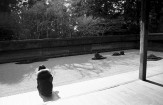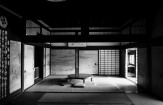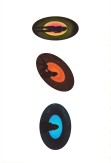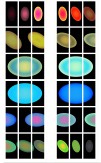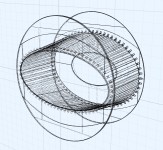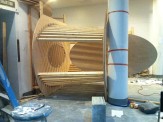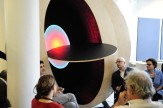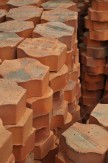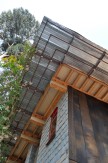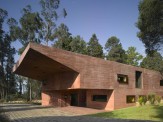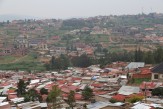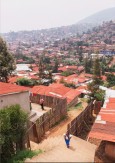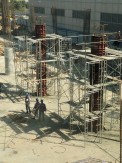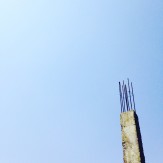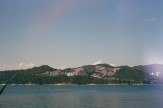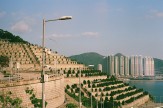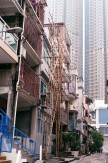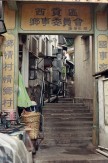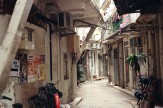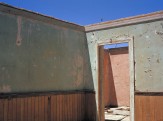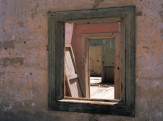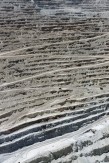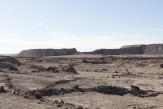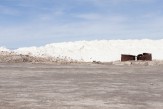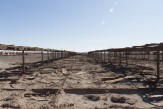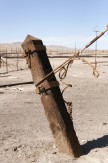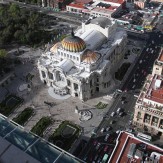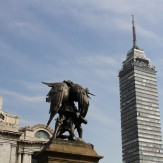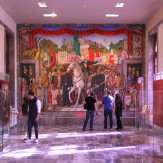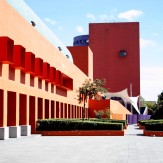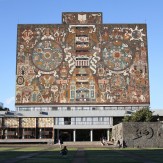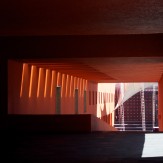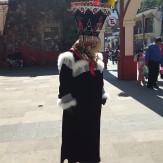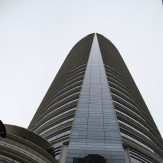2015–2016 Fellowship Recipients
Samuel Young Kwang Choi | Kyoto, Japan
Patrick Collingwood
Max Eugene Dowd | Kigali, Rwanda; Addis Ababa, Ethiopia
Cassandra J. Engstrom | Hong Kong, China
Jemuel Joseph | Montreal, Canada
Jonathan James Ngo | Chacabuco, Chile
Diego A. Salazar | Mexico City, Mexico
Projects
-
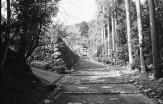
Samuel Choi
-
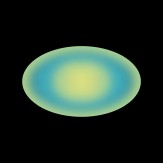
Patrick Collingwood
-

Max Dowd
-
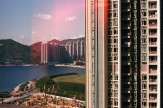
Cassandra Engstrom
-
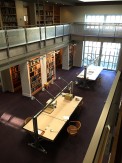
Jemuel Joseph
-
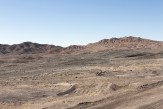
Jonathan Ngo
-
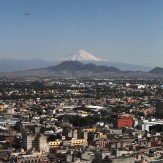
Diego Salazar
Back
Samuel Choi
Sam Choi traveled to Japan to visit, explore, and analyze Kyoto’s rock gardens. Of the three gardens he visited, Ryoanji had the biggest impact on his understanding of the Japanese garden. Sam studied the Ryoanji garden as a formal response to Japan’s traumatic relationship with water. By understanding this specific type of rock garden as a symbolic, microcosmic representation of the experience of tsunamis, his thesis questioned the idea of this space as one of peace, meditation, and reflection.
Patrick Collingwood
Patrick Collingwood traveled to the Southwest to study the therapeutic effects of light. He sought both the natural play of light on the landscape and on Donald Judd’s artwork, as well as its artificial form through James Turrell’s exhibition of his Space Division Constructions. It was here that he could properly experience the distinction between the portrait and the landscape figure of light—a crucial turning point for his thesis project Portrait to Landscape.
Max Dowd
Max Dowd gathered information in large part from online sources and other secondary research projects before his field trip to Rwanda and Ethiopia. The trip served to iron out his naivety, challenge or affirm his assumptions, and crystallize his ideas into a more considered brief for an alternative housing proposal. Max’s intention was to elevate his thesis from the realm of academic speculation to a proposal that could be assessed as a serious architectural provocation or potentially even as a built project. The visit allowed him to meet with stakeholders in the region and to observe, speculate about, and seek opportunities within existing development structures.
Cassandra Engstrom
Cassandra Engstrom traveled to Hong Kong to investigate how density triggers typological variation, particularly in areas where newer developments are juxtaposed with traditional construction. Cassandra was concerned with programs that could both shape/mold/adapt in dense environments, and those less likely to be affected by their surroundings. During her trip, Cassandra was drawn to uncharted territories defined by the contrasting characteristics of new and old construction. The neighborhoods of Kowloon and Hong Kong island were so active and dynamic that they proved difficult to measure. Cassandra documented this sensory experience through writing and photos, and by recording facts and data that helped her to objectify the more ephemeral-seeming phenomena she encountered.
Jemuel Joseph
Jemuel Joseph traveled to Montreal to visit the Cedric Price archive at the Canadian Centre for Architecture, where he examined Price’s original drawings, notes, and correspondence for the Generator and Fun Palace projects. This helped Jemuel understand Price’s underlying motivations behind his proposals for adaptable and responsive architecture.
Jonathan Ngo
Jonathan Ngo explored the possibility of architecture as a mediator between nature and people by traveling to the abandoned town of Chacabuco in the isolated, immense, and scarred pampas of northern Chile’s Atacama Desert. At the beginning of the twentieth century Chacabuco was home to one of the most productive nitrate mines in the world, and was later repurposed as a concentration camp during the Pinochet dictatorship. At Chacabuco, Jonathan found elements of a sublime and repulsive beauty, and a story of continual destruction which he attempted to capture through a series of color as well as black and white photographs. Through these images Jonathan sought to document the elusive and delicate boundary between the man-made and the desert.
Diego Salazar
Diego Salazar traveled to Mexico City to revisit the sites of his previous research, acquire further architectural knowledge of those sites, document the length of the Paseo de la Reforma, and finally, interview Mexican public artists. Diego enjoyed the traditional experience of Mexico City, and he met with artist Jorge Marin, author Carmen Lugo Hubp, and Universidad Nacional Autonoma de Mexico librarian Margarita Lugo Hubp, each of whom shared access to and insight about local specificities. Diego took his photos from the Torre Latinoamericana observatory, where he witnessed the vastness of the city more clearly than ever.


